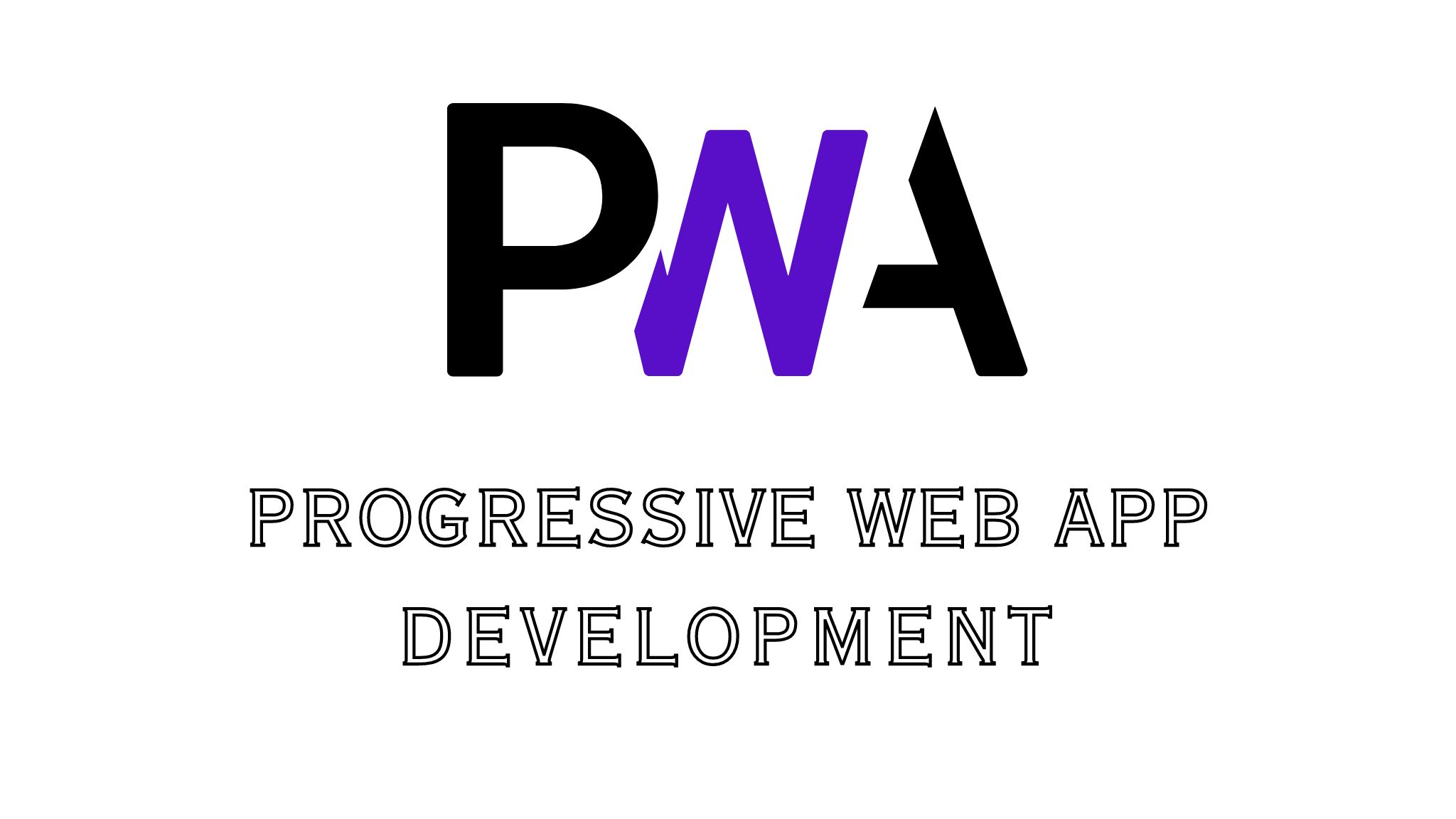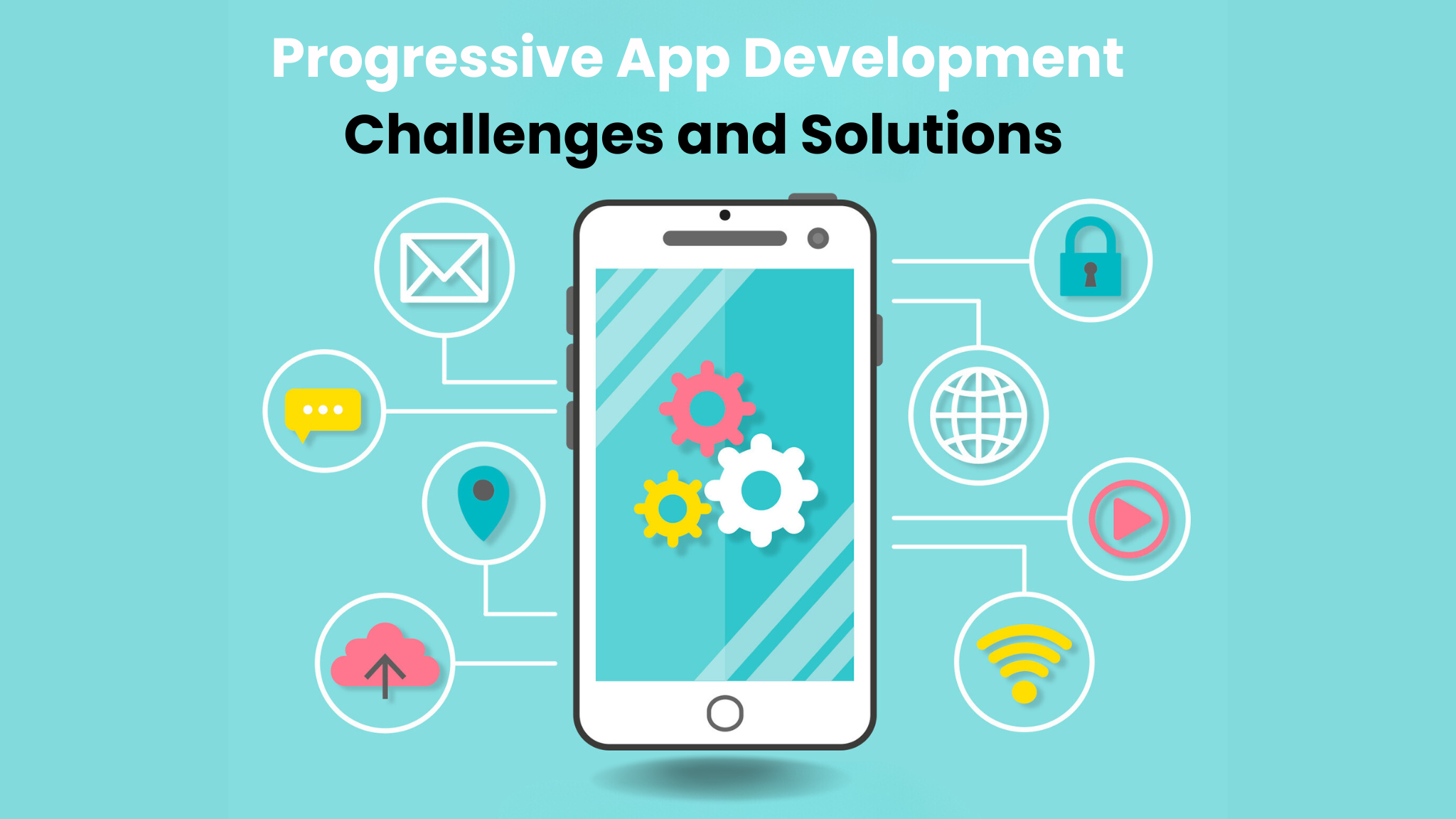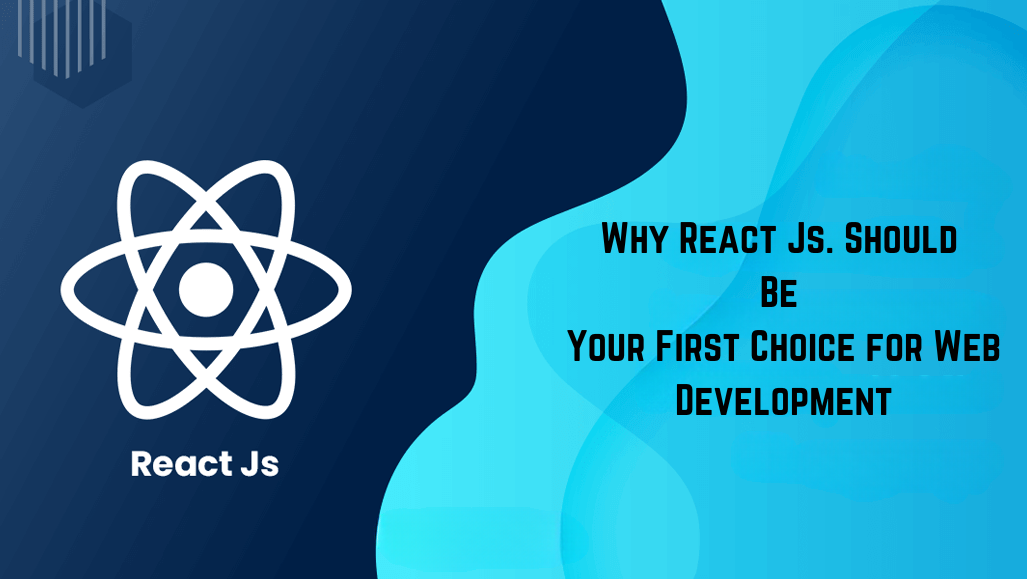The global digital realm is rapidly evolving, growing more user-centric and integrated by the day. An important player in this revolution is the concept of Progressive Web Apps (PWAs) and Progressive Web App Development, which are increasingly becoming the cornerstone of effective online presence for businesses.
For businesses in the digital era, a strong online presence is pivotal, and many are discovering the advantages of Progressive Web Apps (PWAs) to increase engagement with their user base. It’s crucial to look at the evolution of PWA development and why it’s gradually becoming the new normal for businesses.
In this detailed exploration, we delve into the world of Progressive Web Apps – from their conception to their growing adoption.
Understanding Progressive Web Apps: What Are Progressive Web Apps?
PWAs are web applications that utilize modern web capabilities to deliver an app-like user experience. They combine the best of both web and mobile applications, evolving the web to offer functionalities traditionally available to native apps.
Progressive Web Apps, or PWAs, represent a new method of developing web applications. They are essentially web applications that utilize cutting-edge web standards to provide users with an experience that is akin to a native app, thus marrying the best practices of the web and mobile applications.
Boasting features such as push notifications and the capability to function offline, PWAs load like regular websites but offer functionalities that were formerly reserved only for native applications. The outcome is an enhanced User Experience (UX) that is far superior to standard web applications and is very much in sync with mobile experiences.
Progressive Web Apps (PWAs) are web applications that combine the best features of traditional websites and platform-specific applications, offering offline capabilities, push notifications, and access to device hardware.
How Progressive Web Apps Came into Play?
PWAs were introduced in 2015 by Google Chrome engineer Alex Russell and designer Frances Berriman. One of the early PWAs was “Housing.com”, which showcased the benefits of PWAs in terms of user experience and performance.
Statistics related to SEO and PWAs indicate that they are indexable and linkable, providing built-in SEO advantages. PWAs work by utilizing modern web capabilities, like service workers, which allow them to function offline and offer app-like experiences.
Progressive Web Apps boast a multitude of key features – from the capability to be installed on a device for easy access, to smooth operation in offline mode, PWAs mark a notable evolution in Web App Development.
Growth and Statistics:
Investment in PWAs is growing significantly. As per studies and Various Reports, the Progressive Web App Development market was valued at 154.05 billion U.S. dollars in 2020. According to Google’s own metrics, incorporating PWA features can lead to a 68% increase in mobile web traffic and a 52% average conversion increase.
Even companies like Twitter and Forbes have experienced increased user engagement rates post-PWA integration. Twitter’s PWA, Twitter Lite, saw a 65% increase in pages per session, while Forbes’ PWA implementation led to a 43% increase in session lengths.
When we look at the worldwide market for app development, it becomes clear why the PWA model is gaining so much traction. In 2020, this market was valued to be worth around 154.05 billion US dollars. This growing interest in PWA development indicates its significance in the current market scenario.
A switch to PWAs has allowed businesses across sectors to witness promising improvements. According to Google’s metrics, incorporating PWA traits can lead to a 68% bump in mobile web engagement and an average conversion surge of 52%.
Messaging giant Twitter, which boasts billions of users worldwide, launched its PWA, Twitter Lite, in 2017 and was quickly able to observe a 65% boost in pages per session, while renowned publisher Forbes saw improvements in user engagement to the tune of a 43% increase in session lengths after implementing its PWA.
Progressive Web Apps: Why they matter?
The advantages of Progressive Web App development are manifold:
- Cost-Effective: One of the primary merits of Progressive Web Apps is cost-effectiveness. A single PWA product can work uniformly across all platforms – Android, iOS, and the web. This ends the need to develop different versions of the application, thus bringing down development and maintenance costs.
- Offline Capabilities: Progressive Web Apps leverage a powerful technology known as Service Workers, which allows users to access specific content offline. This significant transformation of the UX of browsing means that PWAs provide a highly reliable solution in situations where a user’s internet connection is unstable or inaccessible.
- Faster Load Times: PWAs cache data, thereby drastically reducing load times, leading to improved user engagement rates and offering an overall superior user experience.
- SEO Advantages: PWAs come with built-in SEO advantages, as they are both linkable and indexable. This facilitates an easier route to improving a business’s online presence and visibility.
Some Great Players in PWA Dynamics:
- Trivago: More than 500,000 people added a Trivago shortcut to their home screen, and their engagement increased by 150%. Before PWA, only 0.8% of repeat visits were recorded; now, this number increased to an average of 2%.
- Housing.com: By implementing PWA technology, Housing.com increased conversions by about 38%, sped up the page loading time by 30%, reduced the bounce rate by 40%, and extended the average session by 10 %2.
- Butcher of Blue: The PWA implementation increased mobile users by 154%, monthly active users by 154%, and conversion by 169%. Pages load 85% faster.
- Kubota: Launching their e-commerce PWA resulted in a 192% growth in daily visitors and a 26% growth in average monthly visits.
- Rooted Objects: The fashion brand experienced an increase in conversions of 162% after launching its PWA.
The Diverse Views on Progressive Web Apps:
Despite their myriad advantages, the adoption of PWAs is not ubiquitous. Developers and technology industry observers have varied viewpoints on the adoption of Progressive Web Applications.
On one side, developers praise PWAs for their platform agnosticism, advocating that businesses can reach more users without investing in the development of platform-specific apps.
However, contrary opinions exist. Many believe that PWAs, while powerful tools are not suited to all types of applications. For instance, applications that require access to advanced device hardware or 3D graphics-intensive games may not perform to the best of their potential as a PWA due to certain technical limitations.
In the end, Progressive Web Apps are all about improving web experiences in a variety of operating environments. They hold the potential to substantially amplify user engagement and offer notable cost benefits. However, during the decision-making process, it is essential to holistically evaluate one’s specific use case and the unique requirements of each business.
Frequently Asked Questions:
To further simplify the concept of PWAs, let’s look at some commonly asked questions:
1. What are Progressive Web Apps (PWA)?
Progressive Web Apps (PWA) are browser-based applications combining the best features of both web and native applications. They offer offline capabilities, push notifications, and even access to device hardware, while also being indexable by search engines.
2. How Do PWAs improve user experience?
PWAs load faster than traditional web applications, perform reliably even in unstable network conditions, and can be installed on the home screen of devices, thereby providing an app-like experience. They can even send push notifications and have offline accessibility, significantly improving user engagement and experience.
3. Are PWAs SEO-friendly?
Yes, PWAs are SEO-friendly because they are indexable and linkable. Since a PWA’s content can be accessed on a browser, it can be crawled and indexed by search engines.
4. When should one choose a PWA over a native app?
PWAs can be the go-to choice when the intent is to reach a wide range of users across platforms with minimal development and maintenance cost, and if offline functionality and performance are crucial, a PWA is a good choice.
5. Are there any limitations of PWAs?
While PWAs are powerful, they may not be suitable for all applications. High-end video games or applications that require advanced hardware access might not perform optimally as PWAs. Further, iOS implementation of PWA features currently lags behind Android.






Gluco Relief pills walmart
February 13, 2024There is definately a lot to find out about this subject. I like all the points you made